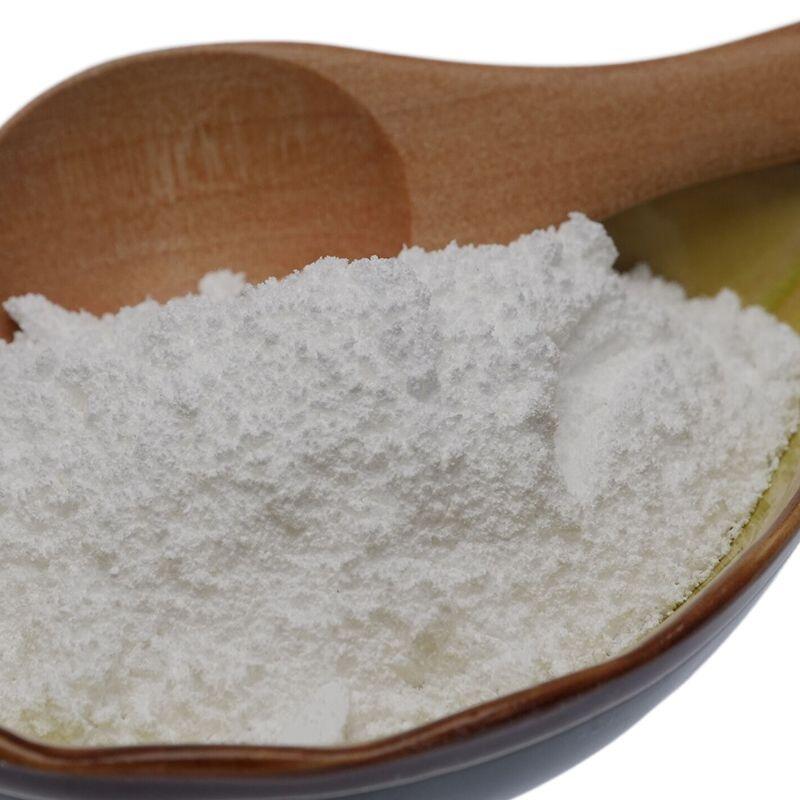-
Categories
-
Pharmaceutical Intermediates
-
Active Pharmaceutical Ingredients
-
Food Additives
- Industrial Coatings
- Agrochemicals
- Dyes and Pigments
- Surfactant
- Flavors and Fragrances
- Chemical Reagents
- Catalyst and Auxiliary
- Natural Products
- Inorganic Chemistry
-
Organic Chemistry
-
Biochemical Engineering
- Analytical Chemistry
-
Cosmetic Ingredient
- Water Treatment Chemical
-
Pharmaceutical Intermediates
Promotion
ECHEMI Mall
Wholesale
Weekly Price
Exhibition
News
-
Trade Service
3-Bromo-4-methylbenzenesulphonamide, commonly referred to as BMBS, is a chemical compound that is widely used in various industrial applications.
It is primarily produced as an intermediate in the production of other chemicals and materials.
In the chemical industry, BMBS is considered an upstream product, which is a raw material used in the production of downstream products.
Upstream products, also known as basic chemicals, are the building blocks for the production of downstream products.
These products are used as raw materials in the production of intermediate and finished products.
The production of upstream products requires a complex manufacturing process, including the extraction, purification, and transformation of raw materials.
The process of transforming raw materials into upstream products requires a high degree of technical expertise and specialized equipment.
BMBS is produced through a multi-step synthesis process that involves the reaction of several chemicals.
The raw materials used in the production of BMBS include 4-chloro-3-methylbenzenesulphonamide, potassium hydroxide, and sodium hydroxide.
The synthesis process involves the reaction of these raw materials in the presence of catalysts, such as acid catalysts, to produce BMBS.
The process also involves several purification steps to remove impurities and to obtain pure BMBS.
BMBS is used as an intermediate in the production of various downstream products, including dyes, pharmaceuticals, and agrochemicals.
Downstream products are products that are produced using other products as their raw materials.
Downstream products are the end products that are sold to customers.
In the chemical industry, downstream products are often more complex and valuable than upstream products.
One of the most common downstream products produced using BMBS is a dye known as Reactive Orange 16.
This dye is used in the textile industry for the dyeing of fabrics.
Reactive Orange 16 is also used in other applications, such as in the production of plastics, inks, and coatings.
Another important downstream product produced using BMBS is a pharmaceutical compound known as Lomustine.
Lomustine is used to treat brain tumors and is considered a first-line treatment for brain tumors.
It is also used to treat other types of cancer, such as lung cancer and lymphoma.
BMBS is also used in the production of agrochemicals, such as herbicides and insecticides.
These products are used in agriculture to protect crops from pests and weeds.
BMBS is used as an intermediate in the production of these agrochemicals, which are then used to produce the final products.
The production of upstream products, such as BMBS, and downstream products relies heavily on the availability of raw materials, the technical expertise of the manufacturers, and the efficiency of the manufacturing process.
The production of BMBS requires a complex manufacturing process that involves several steps, including the extraction of raw materials, the purification of intermediates, and the transformation of intermediates into final products.
In conclusion, 3-Bromo-4-methylbenzenesulphonamide (BMBS) is an important upstream product in the chemical industry.
It is used as a raw material in the production of various downstream products, including dyes, pharmaceuticals, and agrochemicals.
The production of BMBS requires a high degree of technical expertise and specialized equipment, and the availability of raw materials is critical to the production process.







